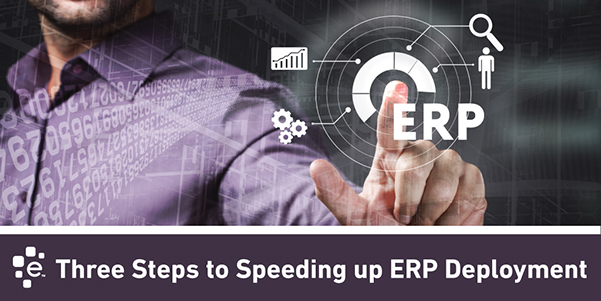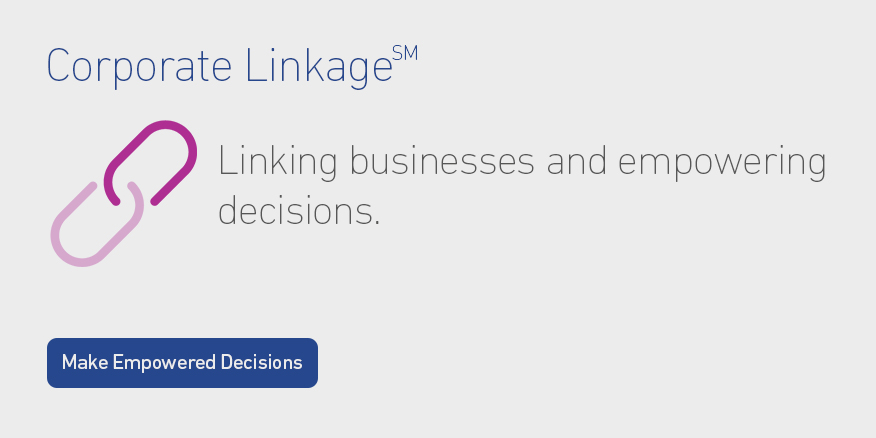
Your company is dependent on many different people — customers to buy products, employees to provide excellent customer service, and vendors to provide services. However, it can be challenging to have an accurate picture of all aspects of vendor relationships. By having clean and connected vendor data, you can more quickly deploy Enterprise Resource Planning (ERP) software.
Challenges of Knowing Your Dependency on a Single Vendor
Because departments often make their own vendor contracts — hardware, services, office supplies — the relationships are typically not stored in one place and often are in siloed databases. Human resources, marketing and product development could all have independent contracts with the same cloud-software provider for file sharing, and not be aware of the other relationships.
It becomes even more confusing because vendor contracts for the same company may have different addresses for satellite locations. Human error also comes into play with typos in addresses and company name spelling mistakes. Companies may merge with each other. Or an office may move to a new location. This makes it challenging, if not impossible, to see a clear picture of your entire relationship with each vendor.
Why Vendor Dependency Matters
When you know your dependency on a vendor, you can understand your risk and better negotiate volume discounts. If a vendor that provides 45 percent of the materials needed to manufacture a specific product runs into supply issues or is facing serious financial issues, your company knows the impact from the start and can make alternate plans. You can also contact the cloud-software provider used by three departments and ask for preferred pricing based on an accurate number of users. If a vendor is also a customer, knowing your dependency lets you assess the balance of trade between the two companies, meaning how much you buy from the company compared to how much the company purchases from you.
Correct vendor profiles are also essential for successfully using ERP. If the vendors are not connected or inaccurate data is imported, the ERP cannot show all relevant data for an organization in one place. You must start the ERP process with clean and connected data for ERP to improve the efficiency of your business and its resources. Otherwise, the deployment process takes longer, and you won’t get all the available benefits an ERP provides.
Three steps to preparing vendor data for ERP deployment:
1) Clean your data.
You must first clean your data for a consistent view of vendors across all files. Manually going through vendor files would be exceptionally time consuming and error-prone. By using Experian data and technology, you can quickly use databases of company information to correct errors and other issues in the data.
2) Enrich data for an accurate view of relationships.
The next step is linking the businesses together across files and departments using a single unique Identifier. Experian’s Business Identification Number (BIN) product, makes this process accurate and quick. Your company can then see a real-time view of current and past orders with each supplier. You can also add additional data, such as credit scores and other supplier-related data.
3) Create a company hierarchy.
Even though all the contracts are technically with a single company, departments may be working with a specific division or location for their services. This becomes important if divisions are sold or reorganized. By using a tool, such as Experian’s Corporate Linkage product, you can link the companies into a corporate hierarchy to provide an even clearer view of the relationships.
Start getting ready for using ERP software by cleaning, enriching and linking vendor data. The next time you see a vendor mentioned on the news — data breach, bankruptcy, scandal — you don’t have to wonder what it means for your company. With a few clicks, you’ll know your dependency and can start planning.
To learn how Experian can help you clean, enhance and link vendor data to speed up ERP deployment, visit www.experian.com.

